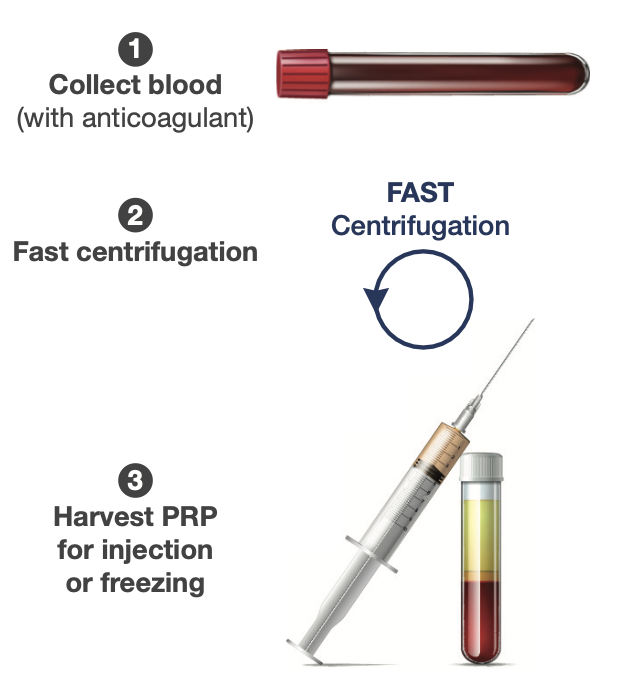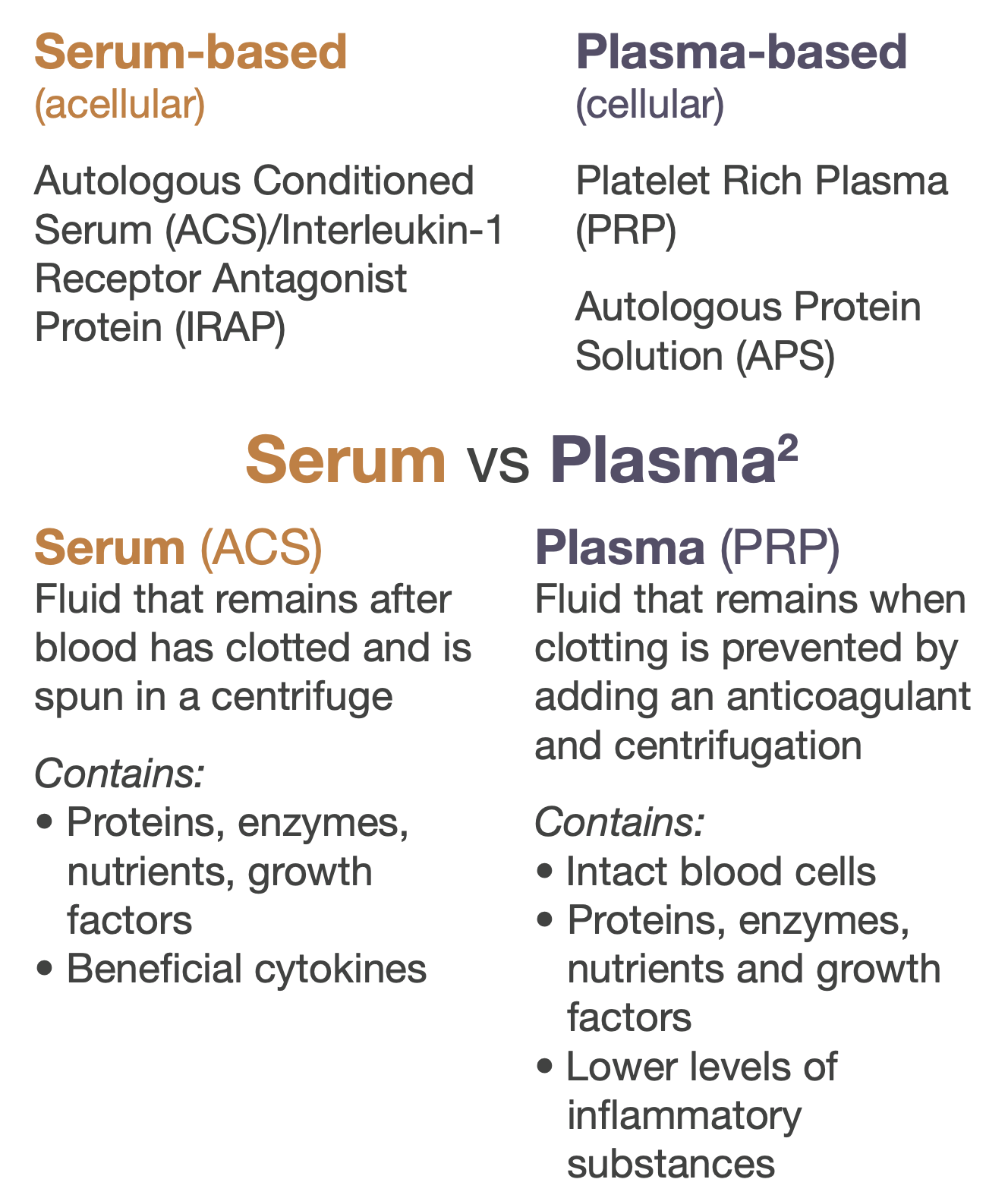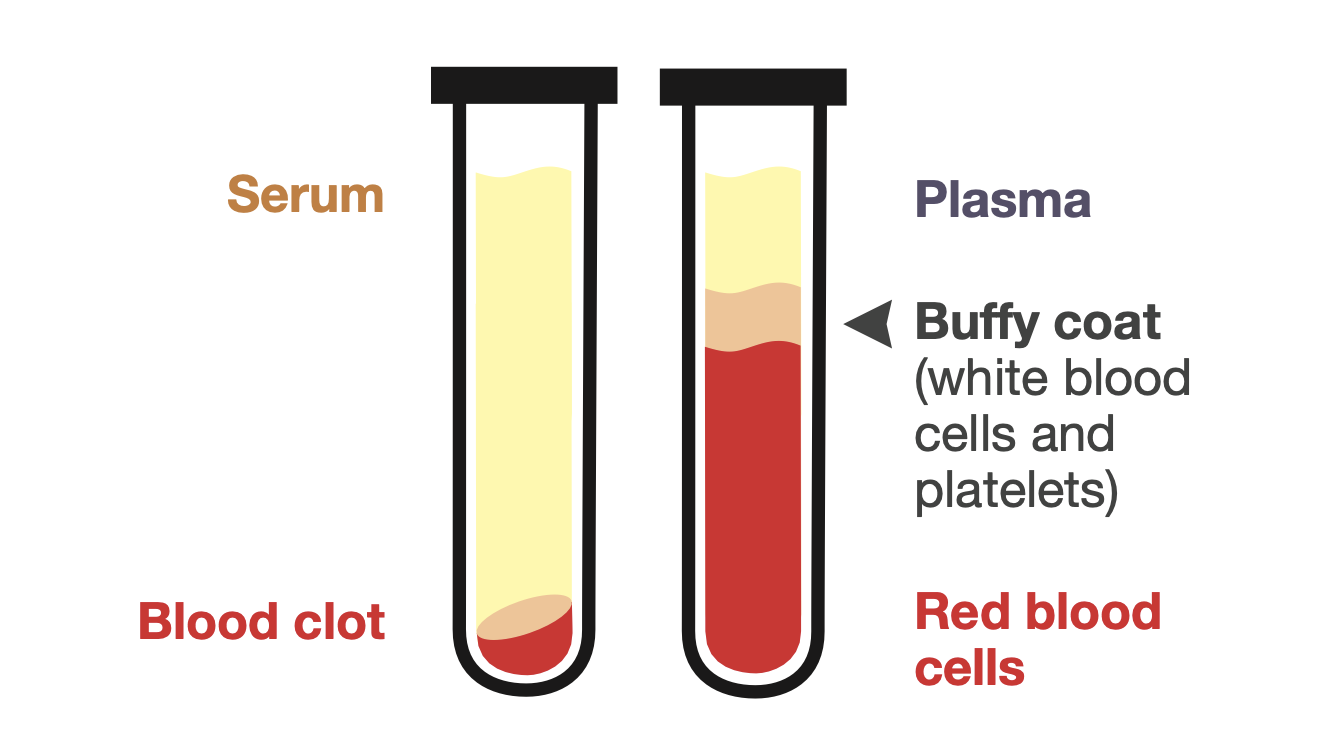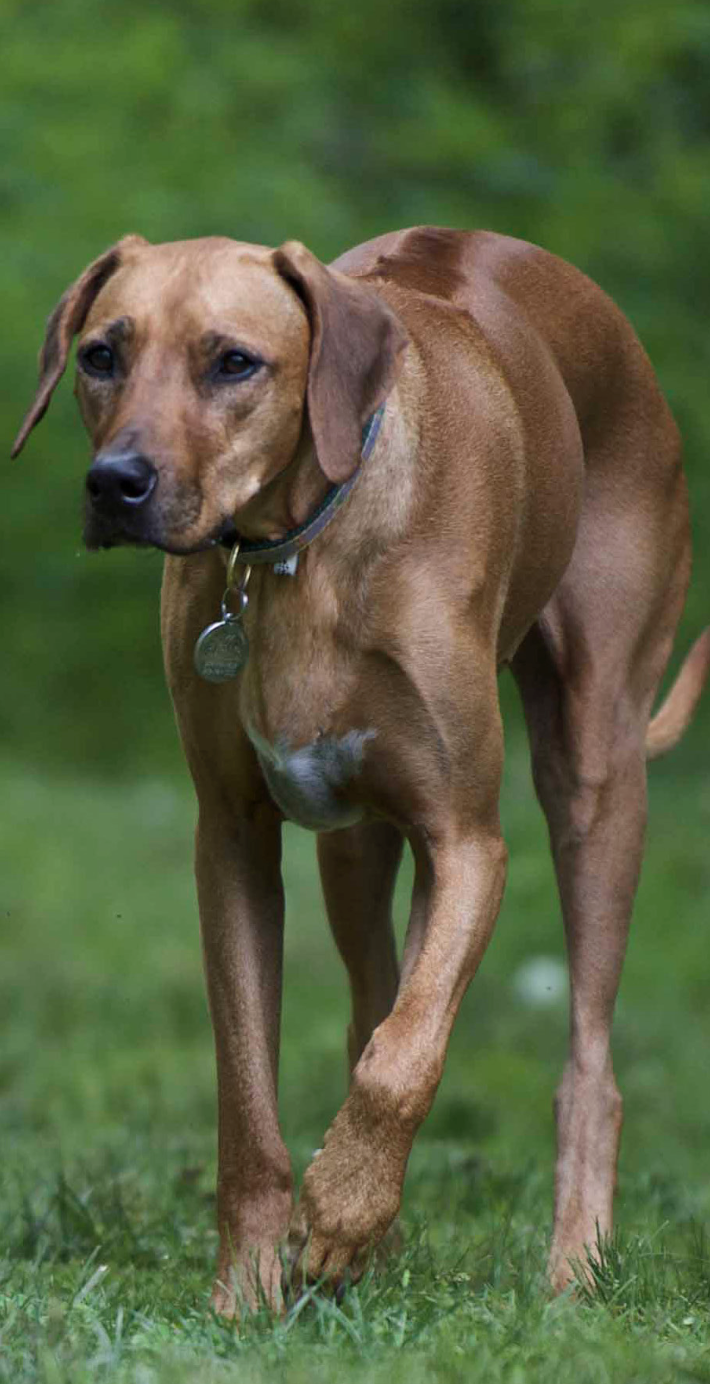Services
Canine Regenerative Therapies
Dog regenerative therapies show a more physiological alternative to conventional treatments, which are capable of potentially modifying inflammation in the joint.
Canine Regenerative Therapies
PRP (Platelet Rich Plasma)
PRP uses the concentrate of intact blood cells from your dog; mostly platelets and in some cases white blood cells. Platelets are nonnucleated cells containing a variety of granules. Platelets are the reservoir for growth factors and play a major role in several physiologic processes such as coagulation, angiogenesis (formation of new blood supply), immune response, and tissue repair. These growth factors play a crucial role in promotion of tissue generation and regulation of cellular activity.
Blood is collected from your dog and mixed with an anticoagulant solution and then placed into a specialized device. This device is then centrifuged at a specific G-force to separate out the red blood cells, buffy coat layer, and platelet poor plasma. The buffy coat layer con- tains beneficial platelets, growth factors, and white blood cells and is harvested for use on the patient.

Veterinarian discovers a natural way to cure arthritis

WICHITA FALLS (KFDX/KJTL) — When a dog has arthritis or a torn ligament, getting your furry friend back to health can be a rigorous journey. A local veterinarian, however, offers a natural and minimally invasive treatment as a solution.
Dr. Bryan Wade of A Caring Heart Veterinary Hospital is constantly looking for ways to save clients money and use more natural treatments. One of the treatments offered is for joint injuries.
“I got interested in integrative medicine like eight or 10 years ago when I started doing acupuncture, Chinese acupuncture, and herbal medicine,” Wade said. “When this new treatment came along it [was] actually using the dog’s own blood cells to help regenerate tissues in the body and help treat joint problems and stuff.”
The treatment itself is called platelet-rich plasma injections, and these injections remodel the injuries.
“They actually help the body heal itself,” he said. “And really, our bodies are capable of healing without medications. It’s just a matter of, you know, getting everything in alignment for the body to heal and utilize the cells that it already has. So I feel like it’s complementary to the previous treatments and stuff that were available and I don’t think so”
Wade has found success with this treatment as he said, on average, the dogs are back running around in two days.
“I had a case of a two-year-old dog that had bad hip dysplasia and couldn’t even jump off the couch,” the vet said. “After doing the treatment, within two days he was jumping on the couch and not on any pain meds or anything like that anymore. It’s really rewarding to see.”
Wade said he wants to use as much natural healing as possible for lasting results.
“The main goal is to reduce medication so we don’t get the side effects on the liver and the kidneys and [to] try to help eliminate the expensive medications and all of the side effects,” he said.
According to Wade, because the treatment isn’t surgical, there are no pain medications. The healing time is faster, and dogs tend to live healthier and longer lives afterward, he said.
Canine Regenerative Therapies
Regenerative therapies promote self-healing of the body through internal or external delivery of beneficial cells, cellular molecules, and support structures in horses.1 In dogs regenerative therapies have similar functions and may help to alleviate painful conditions, improve function and possibly slow down disease progression.
To put it in simpler terms, regenerative therapies are healing components from the body for the body. These treatments replace or regenerate body cells by stimulating the immune system to promote healing.
Regenerative therapies can be further classified into types, with autologous blood products (ABP) being the most common. Autologous means the blood products are collected from that individual patient and used in that individual patient. It is an all-natural process which allows the patient to aid in their own healing process.
When considering the best therapy for your pet, it is important to know how each one works. There are two types of devices: ones that are produced from serum and ones produced from plasma.
Benefits of irap/ACS and PRP include:
- Provides a more physiological alternative to conventional treatments which are capable of potentially modifying inflammation in the joint.7
- Was shown to help relieve inflammation and improve functional scores associated with police working dogs who were evaluated using the Canine Orthopedic Index.8
- PRP treatment could represent a simple, cost-effective, and valid alternative to promote natural healing processes.9
- Leukocyte (white blood cell) rich PRP may provide additional benefit over leukocyte poor PRP because of the regenerative properties that leukocytes provide and the potential to stimulate growth factors.
Healing components can include:
- Scaffolds, which provide structural support for cell attachment
- Cells such as platelets, white blood cells, and stem cells
- Bioactive signals, including cytokines (cellular proteins) and growth factors
The goals for regenerative therapies1 are to:
- Restore normal structure
- Return to previous function or athletic level
- Prevent injury

Uses in companion animals:
PRP has been documented to be used in
- Musculoskeletal disorders involving joints, bones, tendons and ligaments
- Ophthalmology and corneal abnormalities • Dermatology and wound management
- Dentistry and periodontal disease
Below is an explanation of the key differences between serum or plasma based devices:


ACS and IRAP
ACS uses white blood cell activation to release
anti-inflammatory cytokines such as IRAP3 as well as platelet activation to release beneficial growth factors.
Blood is collected from your pet in a specialized device, incubated for a specific time and temperature, and then centrifuged at a specific G-force which causes the serum to separate from the red blood cells. The concentrated serum is then collected for immediate use or frozen for future use.


